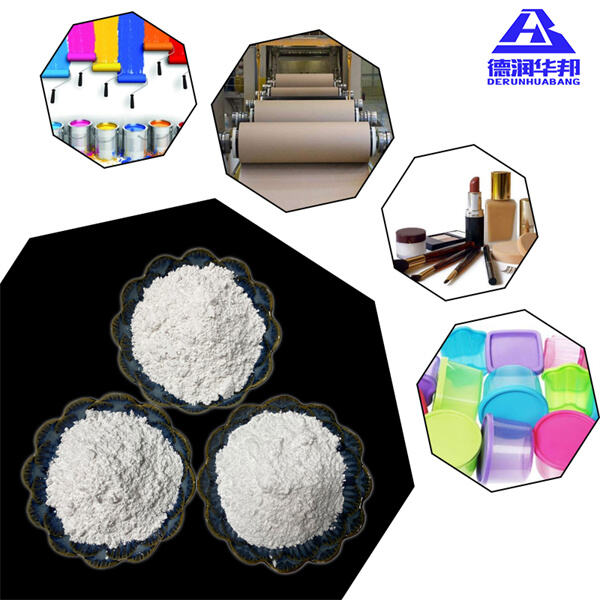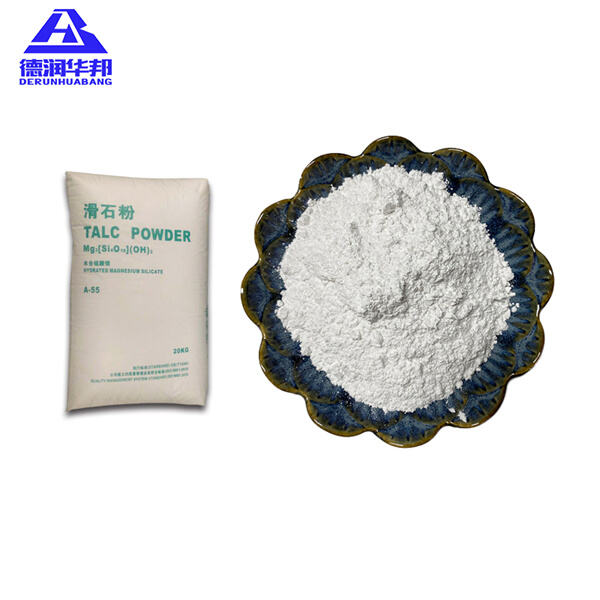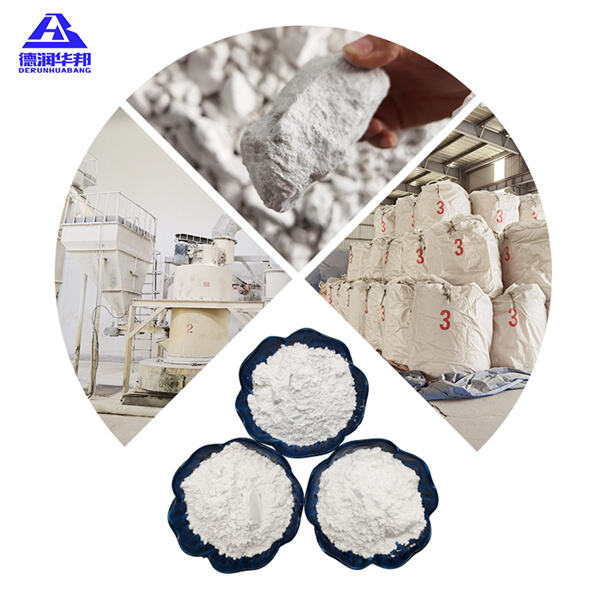 ×
×
Multi homines utuntur celite terra diatomacea , mineralis varie. Est mineralis leviorem consistens ex tribus elementis primariis, magnesio, silicio et oxygene. Talcum tactu lubricum et oleosum est, itaque intrabit in numeros aliorum productorum sicut cosmetica, corporis pulveres, et etiam aliquos pilulos. Hoc articulus tractabit quid est talcum, quomodo utitur, pericula sanitatis potentialia et effectus laterales, historiam usus talci, et alternativa ad usum talci.
Talcum quaedam proprietas unicae sunt ut mineralis. Constiterit magnesio, silicio et oxygene. Talcus: Formula chemica est Mg3Si4O10(OH)2, quod possit esse difficile ad pronuntiandum pro aliquibus (hah), sed vere tantum indicat quae elementa constituunt talcum. Talcus est mineralis specialis in eo quod est nimis mollis et sentitur adeps. Est nimis mollis, quod eum idoneum facit pro texturis sericeis in rebus sicut cosmetica.
Talcus habet usus, sed pulvis diatomaceus pulvis um pericula sanitatis praebet. Id maxime verum est si saepe in partibus privatis corporis utitur. Investigationes etiam suggerunt quod inspiratio talci functionem pulmonum in longo tempore affectare possit, faciens difficile recte spirare. Talcus etiam creditur asbestos contaminari. Id materia periculosa est quae ad gravissima problema sanitatis ducere potest.
Talcus historiam copiosam in variis culturae per orbem habet. Exempli gratia, Aegyptii antiqui amabant talcum in compositionibus suis pro pulchritudine uti. Talcum multum placebat, certe non ob aliam causam quam quod erat suavis ad sentiendum et eos bene apparere faciebat. Interim, Americae indigenae talcum ut remedium naturale vetus ad cutem antibacterialis et irritationem curandam usi sunt.

Hodie, Sina et India sunt magnesii talci productionis civitates, praeter singulos fabricatores qui potius habent annuam productionem circiter 200000 t. Usus talcis in cosmetica est diligenter monitus et regulatus ab agendiis publici administrationis ut certum fiat non continere formam nocivam asbestos. In alia civitate, propter rationes tutelae tantum talcum in paucis categoriis productorum prohibetur.

Tamen, familiae iam non necesse est uti productis fundatis in talco quoniam plures optiones tutae et efficaces sunt in mercato. Altera communis est farina maizena. Pulvis Infantilis: Saepe continet farinam maizena, quae similiter sentitur ad talcum et bene operatur ut substitutum. Absorbet umorem sicut talcum et non ponit eandem potentiam periculorum sanitatis.

Potes etiam farinam tapioca uti altera optione ex hac lista. Est in multis industriis usus quia naturaliter occurrit et potest in rebus a cosmetica ad confectio ciborum applicari. Tapioca est fons naturalis qui aequalitatem amylae necessariae pro cute sana et activa absorptio sudoris praebeat, et, contra producta fundata super pulvis talcum, tametsi tuta et amica naturae est.
Shijiazhuang Huabang Mineral Products Co., Ltd. res publica materiae structurales manufacturae, processus venditionis integra. societas sita in Zona Industriale Shikan, Civitate Ciyu, Comitatu Lingshou, Provincia Hebei 50km ab Shijiazhuang quae caput Provinciae Hebei, 260km ab urbe Beijinge cum facilibus talcis, communicationibus, divitiis mineralibus.
Huayang praebet complura producta mineralia non-metallifera, sicut producta kaolin, mica, bentonita, graphitis, turmalina, ferrum oxida et cetera. Provincia nostra equitat inter omnes fontes minerales talcis, producens, processus, laboratorium, officinam storationis, lineas productionis ultra 20.
Nos sumus praestantes ministri mineralium. equipentia concentrantur in designo productorum evolutionisque, inspectione et controllo talcis, ut etiam administratione societatis. Contactate nos si quis cogitationes consiliaque de productis nostris habeat. expectamus operari vobiscum praebendo producta satisfactoria.
producta certificata ISO 9001 technica qualificatio certificatio et exportata super 70 nationes, cum plus quam mille compratores ex Asia Orientali et Europa Orientali, necnon America... producta certificata per ISO 9001 technica qualificatio certificatio et exportata super 70 nationes, plus quam mille compratores et regiones per totam Asiam Orientalem, Europam Orientalem et Americam...

